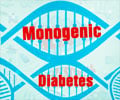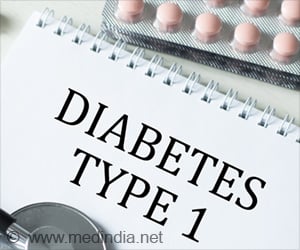Researchers are getting closer to learning how to turn white fat cells into brown fat cells, in a process called 'beiging', to bring down blood sugar levels.

TOP INSIGHT
White fat cells could soon be turned into brown fat cells, in a process called 'beiging', to bring down blood sugar levels and fight diabetes.
Babies are born with brown fat along the upper back and shoulders to keep warm. In adult humans, the recent discovery of brown fat 'depots' is also associated with lower body weight. Brown-like fat cells, called beige adipocytes, also appear within white fat deposits in response to cold and other signals. The energy balance within the body is influenced by brown and beige adipocytes, which are stimulated into action by cold temperatures and other signals to burn fat and carbohydrates.
The primary tool used in these studies was rapamycin, a drug that inhibits the protein mTOR (mechanistic target of rapamycin), which can be found in two distinct protein complexes. It was first discovered as a byproduct of Streptomycin hygroscopicus, a bacterium found in a soil sample from Easter Island, an island also known as Rapa Nui, hence the name. Rapamycin is currently used as an immunosuppressant in organ transplant, but has recently attracted attention when it was discovered to extend lifespan in mice.
Interestingly, in 2012, Baur's lab discovered that rapamycin also causes insulin resistance due to its ability to inhibit both arms of the mTOR signaling pathway controlled by the protein complexes mTORC1 and mTORC2. They showed in an animal model that these two arms could, in principle, be separated to dissect which pathway controls longevity versus endocrine effects.
In terms of physiology, mTOR signaling is involved in the control of blood sugar and cholesterol levels, and its inhibition increases the risk of diabetes. While previous studies suggested that mTORC1 inhibition would promote beiging of white fat cells, Baur's present work supports the notion that mTORC1 activity is actually required for cold-induced beiging of white fat cells. If activating mTORC1 directly can bring about the same result, then this approach could potentially be applied to combat diabetes.
The findings demonstrate a positive role for mTORC1 in the recruitment of beige fat cells to white fat depots, which could explain some of the negative metabolic effects of mTOR inhibition.
Source-Eurekalert
 MEDINDIA
MEDINDIA




 Email
Email










